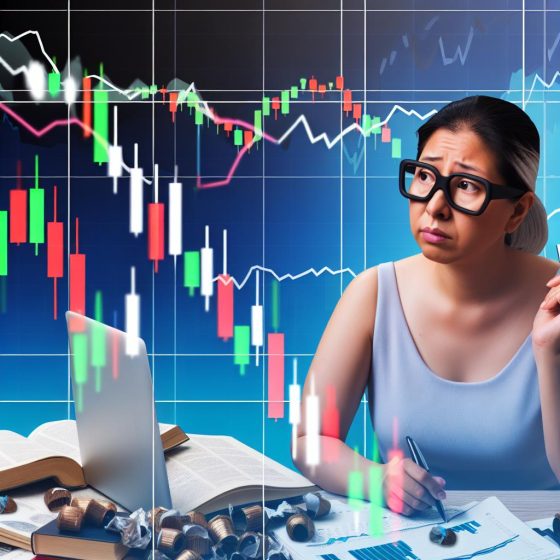Understanding the Problem
Recovering from a series of bad trades is a common challenge faced by traders in financial markets. The path to recovery involves analyzing what went wrong, learning from mistakes, and implementing strategies to prevent future losses. While it’s crucial to remain level-headed, objective analysis and strategic measures are the keys to regaining stability. In the dynamic world of trading, where financial markets can be unpredictable and volatile, understanding and learning from past errors is essential for any trader looking to reestablish their footing.
Analyzing Past Trades
The first step in recovering from poor trades is conducting an in-depth analysis of past decisions. This involves reviewing each trade to identify patterns or errors, such as timing issues, overreliance on inadequate information, or emotional decision-making. A meticulous review process can reveal common pitfalls that are often overlooked in the heat of trading. It may be beneficial to keep detailed records of each trade in a journal, noting the decision-making process and the outcome. Tools like trading logs can assist in documenting and reviewing trades systematically. By maintaining and regularly reviewing these logs, traders can build a comprehensive picture of their trading habits and identify key areas for improvement.
Recognizing Emotional Influence
Emotions can heavily influence trading decisions, often leading to impulsive actions. Recognizing emotional responses such as fear, greed, or overconfidence is crucial. These emotions, if unchecked, can derail even the most carefully crafted trading plans. Strategies such as setting predefined rules for trades or utilizing automated trading systems might be helpful in minimizing emotional impact. By removing human emotion from the equation, traders can stick more closely to their strategies and make decisions based solely on data and analysis. This detachment can be particularly beneficial in fast-paced markets where split-second decisions can make a significant difference.
Implementing a New Strategy
Once the analysis is complete, the next step is developing and implementing a more robust trading strategy. Establishing a clear framework that addresses past mistakes and accommodates new learnings is imperative. This could involve diversifying investment portfolios, which spreads risk across various assets, thereby reducing exposure to any single asset’s downturn. Setting clear risk management rules, such as determining a maximum allowable loss per trade or per day, helps in keeping potential losses within manageable limits. Furthermore, using stop-loss orders can automatically exit a position to prevent excessive losses. Additionally, adopting a disciplined approach to trading, by adhering to a well-defined plan, is essential for minimizing risks and potentially enhancing profitability over the long term.
Continuous Education and Improvement
Successful trading relies on staying informed and continuously improving one’s skills and knowledge. The financial markets are constantly evolving, with new developments, trends, and technologies emerging regularly. It is vital for traders to keep pace with these changes to remain competitive. Engaging with educational resources, such as Investopedia, can provide valuable insights and information on a range of topics. Attending trading workshops, or taking specialized courses from reputed institutions can significantly enhance understanding and adeptness in navigating market complexities. These platforms often offer practical tips, theoretical knowledge, and case studies that broaden a trader’s perspective and hone their skills.
Seeking Professional Advice
If the recovery process proves challenging, consulting with financial advisors or mentors in the trading community could provide valuable insights and guidance. Professional advisors bring a wealth of experience and can offer objective perspectives on a trader’s strategies and performance. They can assist in identifying weaknesses in trading approaches and offer personalized strategies for improvement. It is often beneficial to participate in trading forums or networks to share experiences and learn from peers, as communal knowledge can be a powerful tool in refining trading practices.
Conclusion
Recovering from a series of bad trades is achievable with a systematic and informed approach. By analyzing past mistakes, managing emotional influences, implementing improved trading strategies, and continually seeking knowledge, traders can restore their confidence and position in the market. The journey to recovery is one of introspection and education, prioritizing learning and growth over immediate gains. Remaining objective and strategic are the cornerstones of overcoming any setbacks and paving the way for future success. It’s about establishing a foundation that not only addresses past errors but also fortifies against future challenges, ensuring a sustainable and resilient trading practice.
This article was last updated on: March 24, 2025
